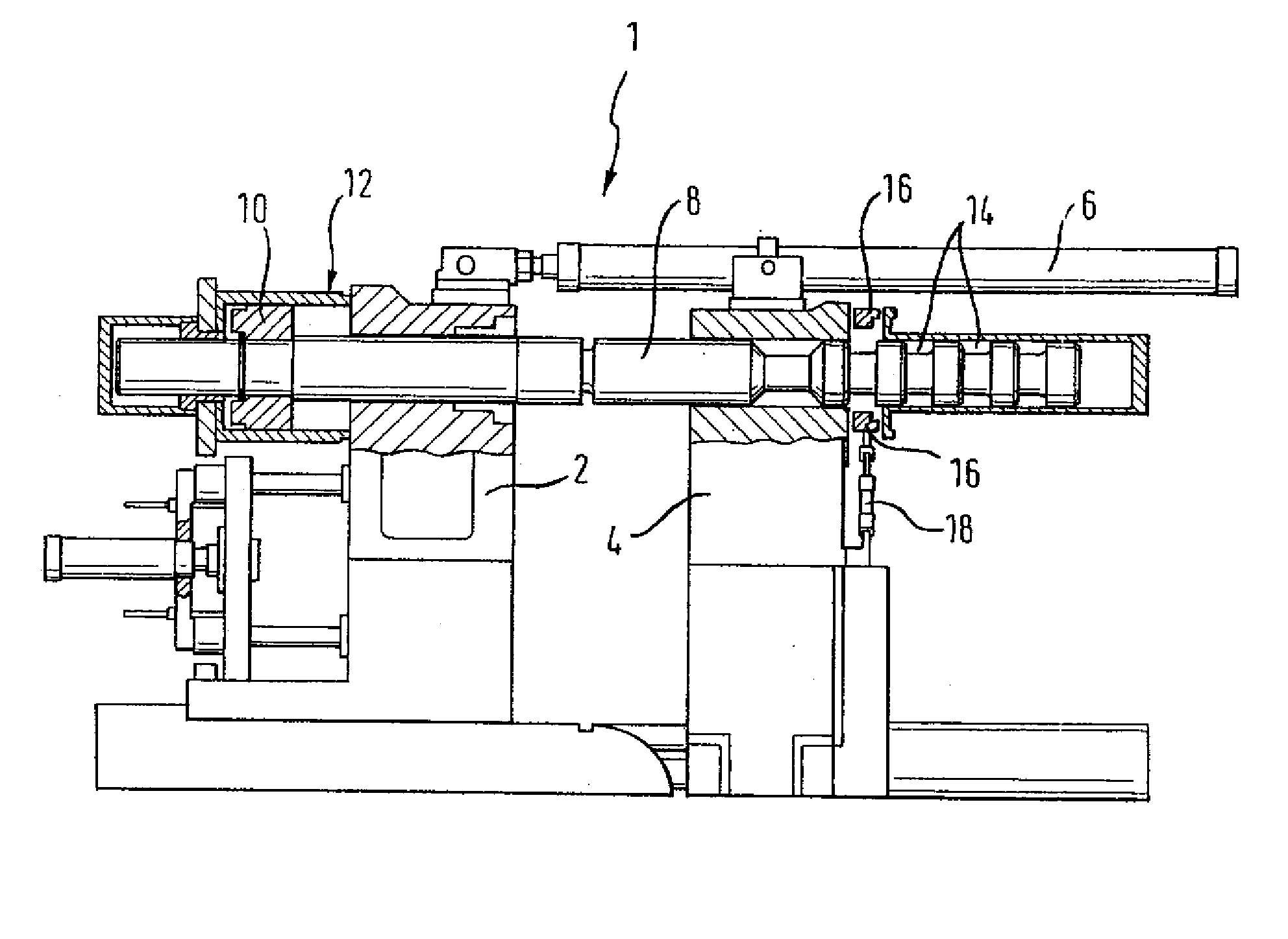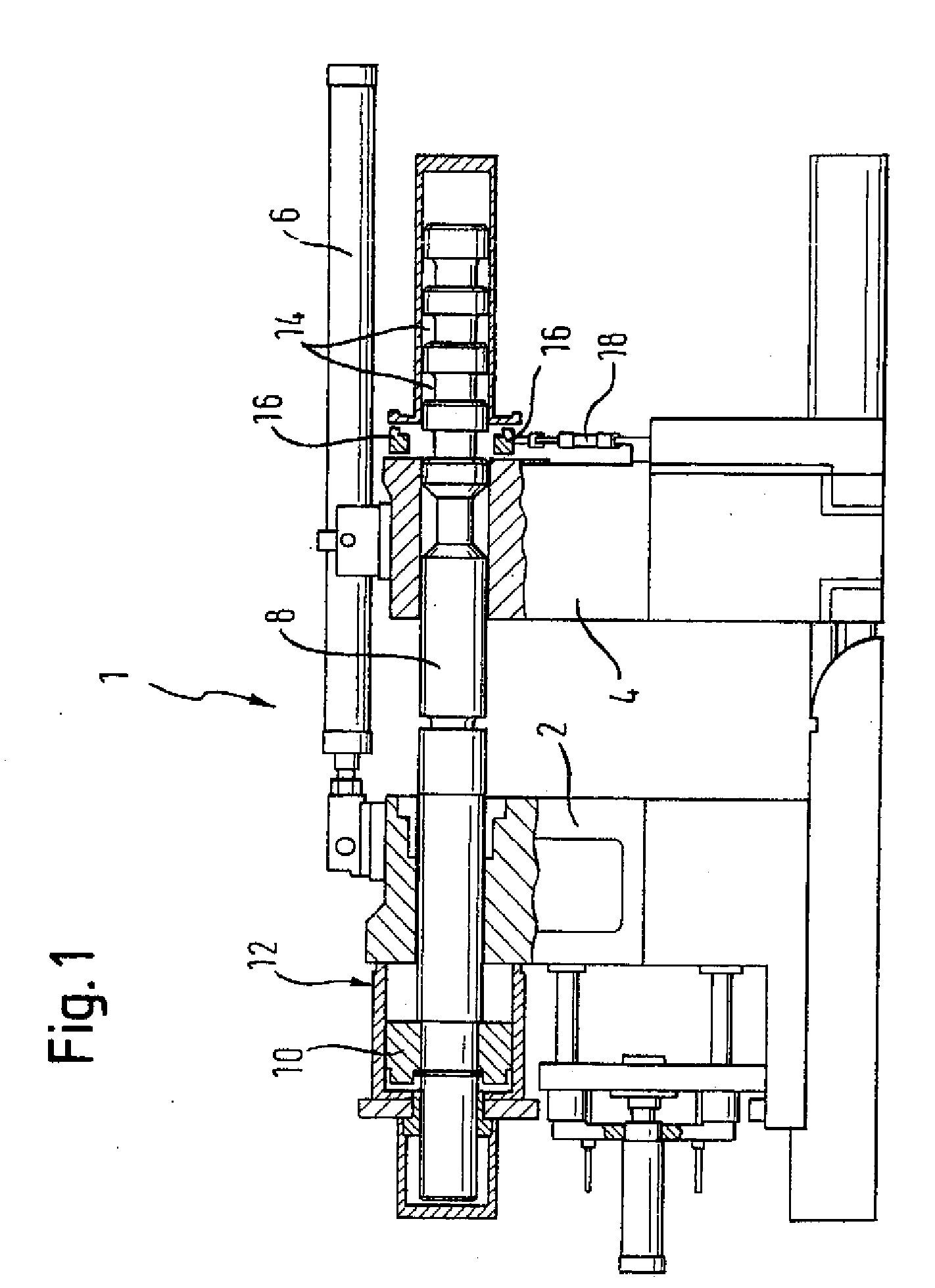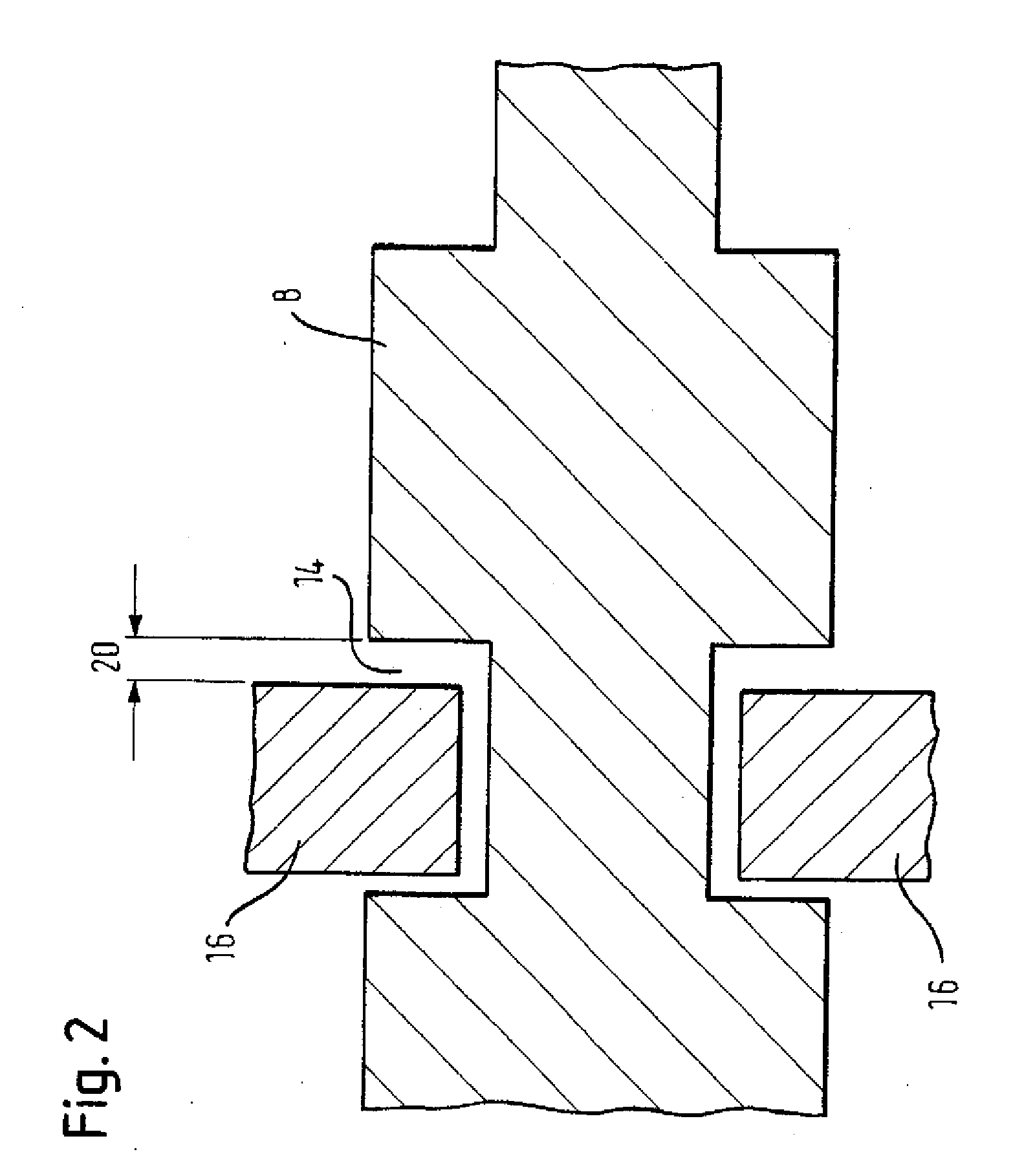Method of compression molding thermoplastic material
a thermoplastic material and compression molding technology, applied in the field of compression molding thermoplastic materials, can solve the problems of inability the need to precisely define the position of the half-mold, and the inability to precisely move the platen during compression, so as to achieve less shearing stress, improve mechanical properties, and reduce cycle time
- Summary
- Abstract
- Description
- Claims
- Application Information
AI Technical Summary
Benefits of technology
Problems solved by technology
Method used
Image
Examples
Embodiment Construction
[0038] Throughout all the Figures, same or corresponding elements are generally indicated by same reference numerals. These depicted embodiments are to be understood as illustrative of the invention and not as limiting in any way. It should also be understood that the figures are not necessarily to scale and that the embodiments are sometimes illustrated by graphic symbols, phantom lines, diagrammatic representations and fragmentary views. In certain instances, details which are not necessary for an understanding of the present invention or which render other details difficult to perceive may have been omitted.
[0039] Turning now to the drawing, and in particular to FIG. 1, there is shown a schematic longitudinal section of a clamping unit, generally designated by reference numeral 1 and forming part of a two-platen injection molding machine. The clamping unit 1 includes a movable platen 2 and a fixed platen 4, whereby the movable platen 2 can be moved by a displacement cylinder 6 i...
PUM
| Property | Measurement | Unit |
|---|---|---|
| Force | aaaaa | aaaaa |
| Pressure | aaaaa | aaaaa |
| Size | aaaaa | aaaaa |
Abstract
Description
Claims
Application Information
 Login to View More
Login to View More - R&D
- Intellectual Property
- Life Sciences
- Materials
- Tech Scout
- Unparalleled Data Quality
- Higher Quality Content
- 60% Fewer Hallucinations
Browse by: Latest US Patents, China's latest patents, Technical Efficacy Thesaurus, Application Domain, Technology Topic, Popular Technical Reports.
© 2025 PatSnap. All rights reserved.Legal|Privacy policy|Modern Slavery Act Transparency Statement|Sitemap|About US| Contact US: help@patsnap.com



